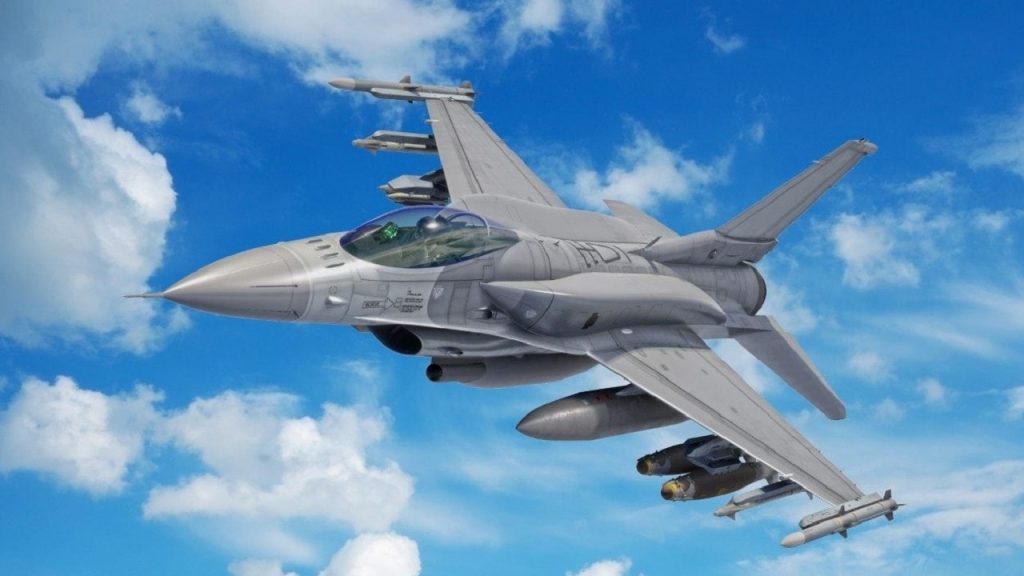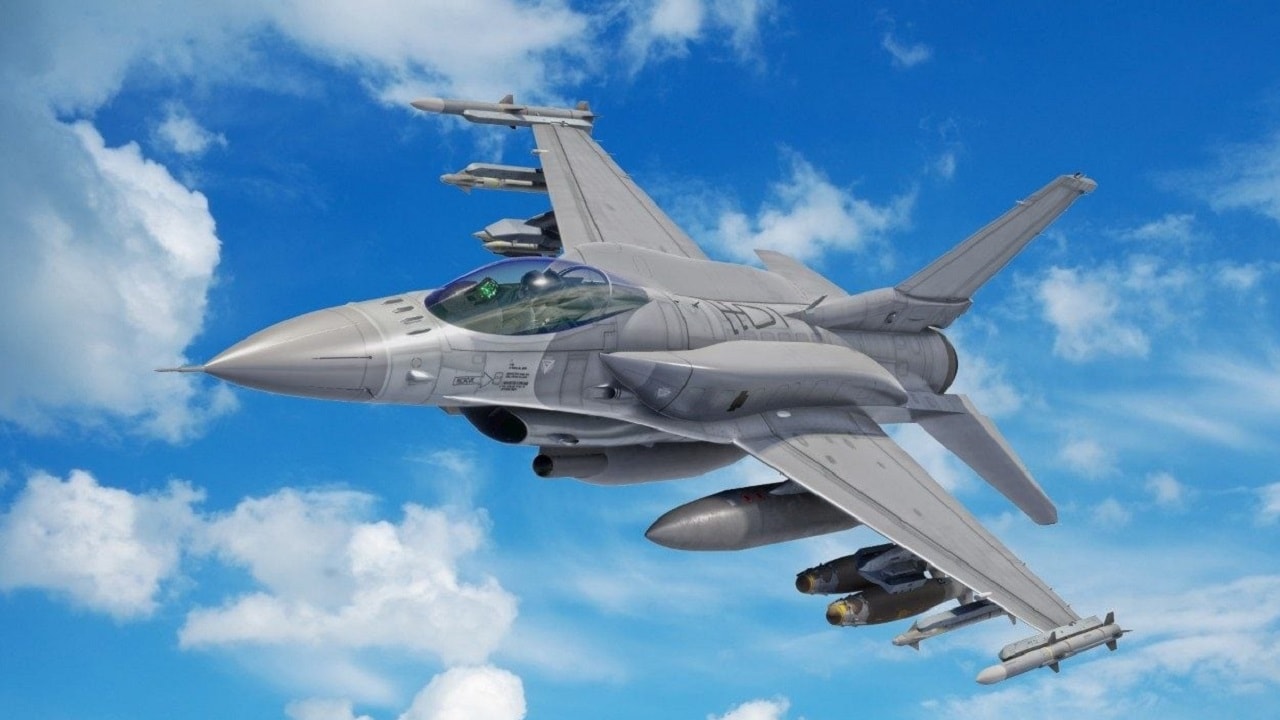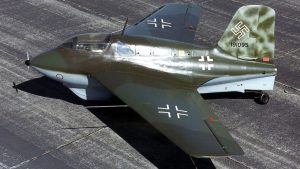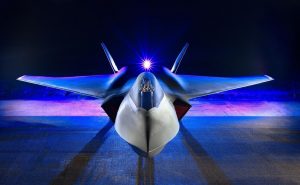In its different versions, the F-16 Fighting Falcon will remain a lethal predator in the sky for decades.

Over the past four decades, the Lockheed Martin F-16 Fighting Falcon has established itself as its class’s most successful western fighter. Even forty years after its introduction, it remains in service with 28 nations around the globe. To date, over 4,600 of these aircraft have been manufactured. With additions and upgrades, this aircraft will remain operational for decades.
The Fighting Falcon was conceived in the 1970s as part of the United States Air Force’s Lightweight Fighter (LWF) program, which aimed to prove that a fighter could be smaller and less expensive than the F-15 while remaining just as agile and lethal against America’s enemies. As a General Dynamics project, the first YF-16 demonstration was flown by the company in February 1974.
Following a competitive fly-off with the Northrop YF-17, the General Dynamics prototype was deemed the superior aircraft, and further development was authorized. It evolved into the larger and more powerful F-16A Fighting Falcon. The United States Air Force ordered 650 F-16s, which was later increased to 1,388. NATO nations, including Belgium, Denmark, the Netherlands, and Norway, adopted the F-16. It marked the beginning of an export odyssey that continues to this day.
All Fighting Falcons retain the essential characteristics of the initial production model, even though successive variants have incrementally added additional weight, avionics, and capability. Its features include:
- Control-configured vehicle (CCV) technology.
- Fly-by-wire flight controls.
- A high thrust-to-weight ratio.
- A single-engine with a fixed vertical intake.
The outcome is a multirole tactical fighter with superior agility, roll rate, climb rate, and acceleration.
In the radome nose of the F-16A is a Westinghouse AN/APG-66 coherent pulse-Doppler radar. The antenna is of the planar array (flat plate) variety and operates on the I and J bands.
The F-16 has a simplified engine intake with no moving parts, which is uncommon for a high-performance jet fighter. Nonetheless, the position assures that even at steep angles of attack, it will not deprive the engine of air.
Powered by a servo-actuator, the multi-spar, multi-ribbed aluminum tailfin has a graphite-epoxy skin and supports an aluminum honeycomb-structure rudder. The top of the fin is additionally equipped with a VHF antenna, an anti-collision beacon, and directional antennas.
First flown in 1977, the combat-capable two-seat F-16B was the first sub-variant of the basic F-16A. The F-16A and F-16B were constructed in blocks numbered 1, 5, 10, and 15, with the last block introducing a significant modification to the aircraft’s front stabilizer.
The single-seat F-16C and two-seat F-16D, which each had an expanded base leading up to the tailfin and provision for the AIM-120 AMRAAM, represented the first major advancement of the Fighting Falcon.
The F-16E/F Desert Falcon, also known as the Block 60 variant, was among the most advanced Fighting Falcons. Designed for the United Arab Emirates (UAE), it included an array of sophisticated avionics, including the Northrop Grumman AN/APG-80 “agile beam” AESA radar, the AN/ASQ-32 internal FLIR and targeting system (IFTS), and the Falcon Edge internal electronic countermeasure system. In December 2003, Block 60 made its maiden flight, and the first Desert Falcons were delivered in May 2005. In 2011, the aircraft made its combat debut during Operation Unified Protector over Libya.
In its different variants, the Fighting Falcon will remain a lethal predator in the sky for many years.





